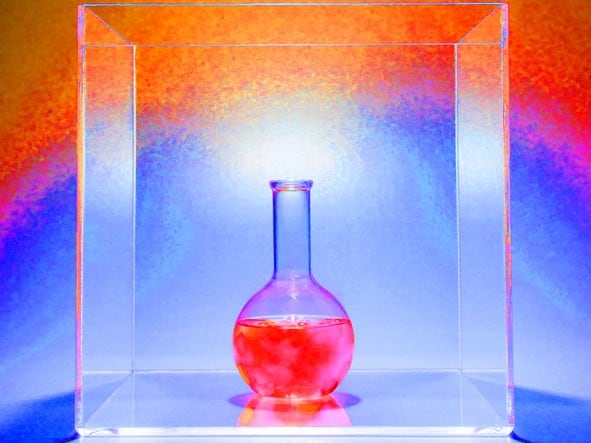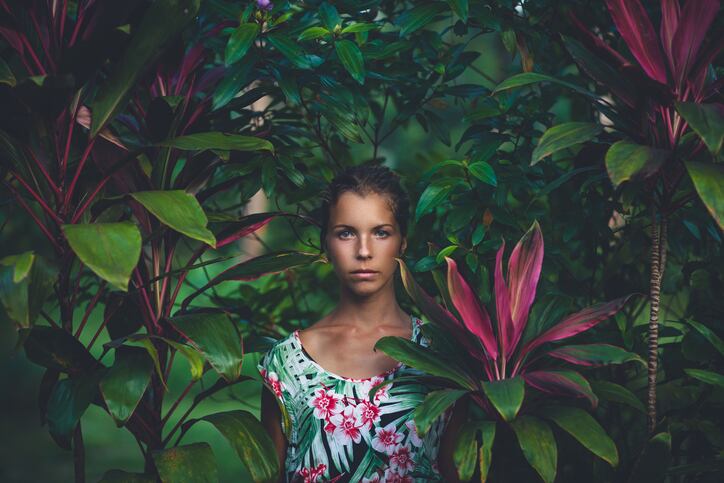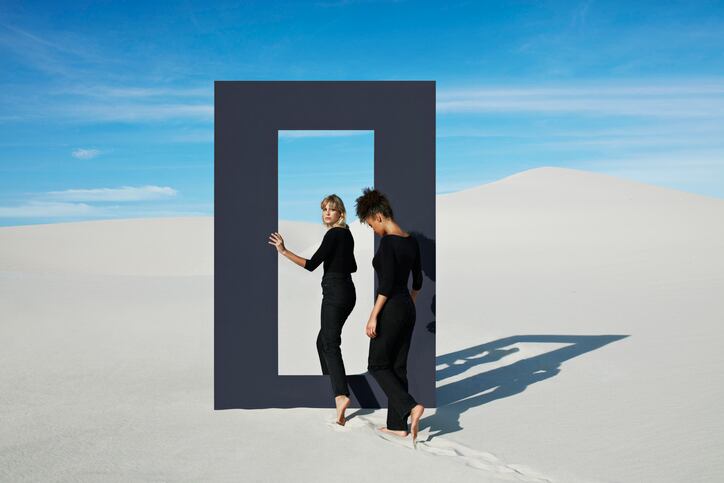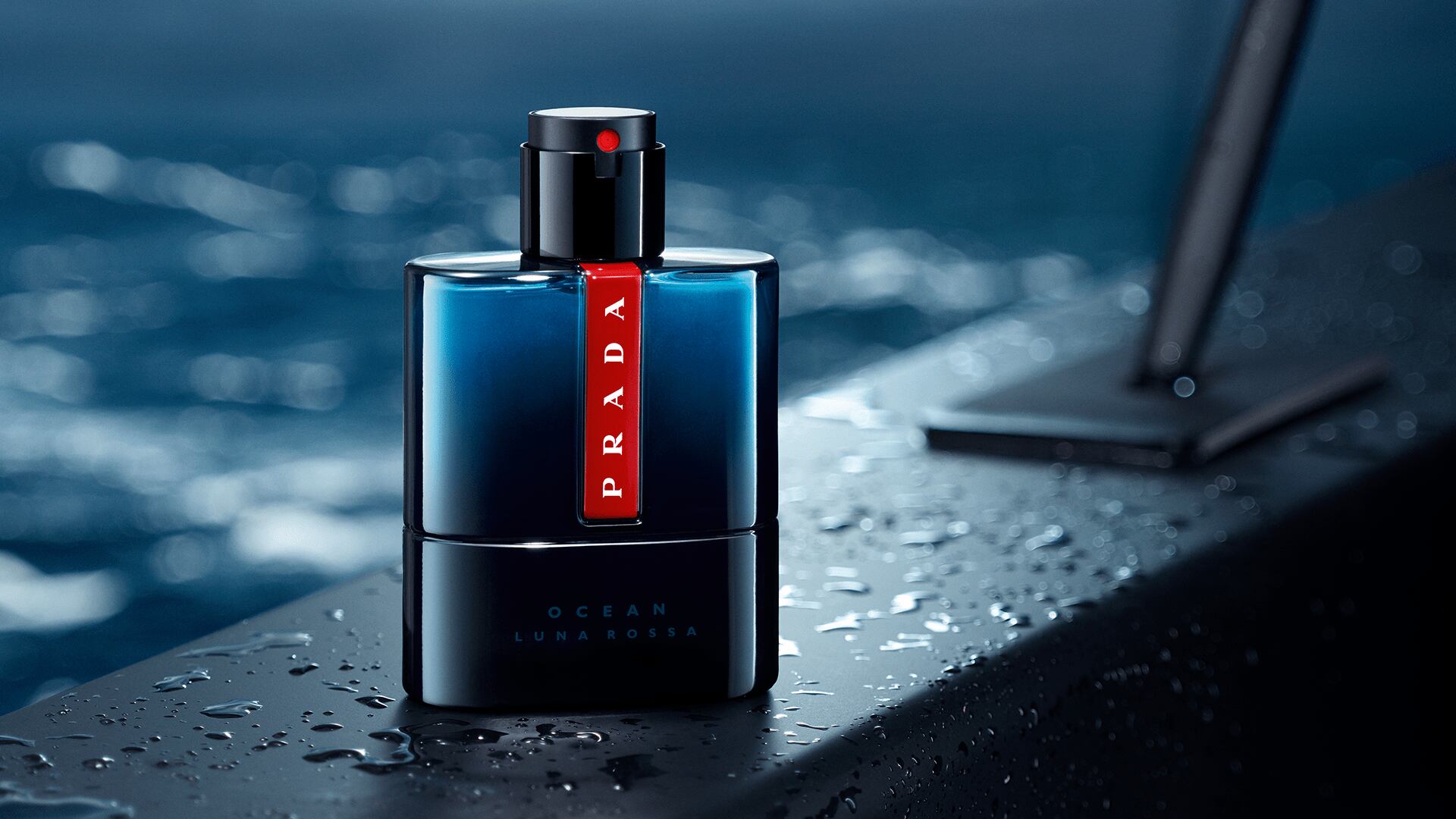The voluntary disclosure model had been developed “hand in hand” with four of L’Oréal’s suppliers – Firmenich, Givaudan, IFF and Mane – and was being launched after three years of research and the analysis of more than 20,000 fragranced formulas.
L’Oréal said it would roll out the fragrance disclosure model in phases and noted it had already launched in the US for three brands: Atelier Cologne, Garnier and Yves Saint Laurent. The group would then “progressively deploy” the model across all global markets and brands, including mass-market and luxury fine fragrances.
L’Oréal also intended to make the model “available to be open and replicable by other product manufacturers and retail partners” – a move the company said reflected its “commitment to leading the industry’s movement towards greater transparency”.
The move formed part of L’Oréal’s wider investment and push to be more transparent across its entire global business – necessary today because consumers expected “full transparency” from brands and companies, according to company CEO Nicolas Hieronimus. The fragrance disclosure model followed earlier initiatives, including the launch of consumer-facing site Inside our Products in 2019 and L’Oréal’s product impact labelling initiative, first launched under Garnier in 2020.
Balancing ‘high level transparency’ and ‘confidentiality’
The fragrance world, particularly perfumery, had historically been very ‘cloak and daggers’, according to fragrance experts and analysts, but those times were now changing. And L’Oréal said its fragrance disclosure model had carefully considered the balance between providing the “highest level of transparency while preserving the know-how and confidentiality relating to the uniqueness of specific fragrances”.
It had also overcome the challenge of detailing “very complex” formulas and “unique” compositions that were made using a variety of ingredients of synthetic and natural origin.
“…The new voluntary disclosure model is far more than a list of ingredients. Built with the consumer experience in mind, the aim of the model is to also promote understanding about the origin of ingredients, their olfactory values, and how they work together to create the fragrances in their products,” L’Oréal said.
Building trust with ‘conscious beauty’ consumers through transparency
Barbara Lavernos, deputy CEO at L’Oréal and lead exec for research, innovation and technology, said the roll out would prove hugely important in building and contributing to the trust consumers held in L’Oréal’s brands.
“Our commitment to rigorous scientific research and standards is what built our longstanding trust with our customers. Now, with this new voluntary fragrance disclosure model, we are letting our customers know we hear their desire for not only more information about already available ingredients but also for their deep understanding,” Lavernos said.
Speaking earlier this year at L’Oréal’s digital Transparency Summit, Julia Sarhy, global consumer insights director at L’Oréal, said consumer expectations today were heightened.
“Very concretely, when consumers are shopping a product, they’re looking firstly at the list of ingredients; secondly their origin; and thirdly, which has accelerated in the crisis, how this product will impact biodiversity and what the social impact is as well,” Sarhy said.
“…If I could sum up this trend, that’s what we call conscious beauty,” she said.
Beauty consumers today, she said, were not expecting brands to tell beautiful stories, rather truthful stories. And in a “hyper-connected world”, Sarhy said consumers were increasingly challenging the accuracy of data, making transparency efforts increasingly important and relevant.
WGSN director of beauty Jenni Middleton previously said complete transparency in beauty would be 'non-negotiable' by 2023.




